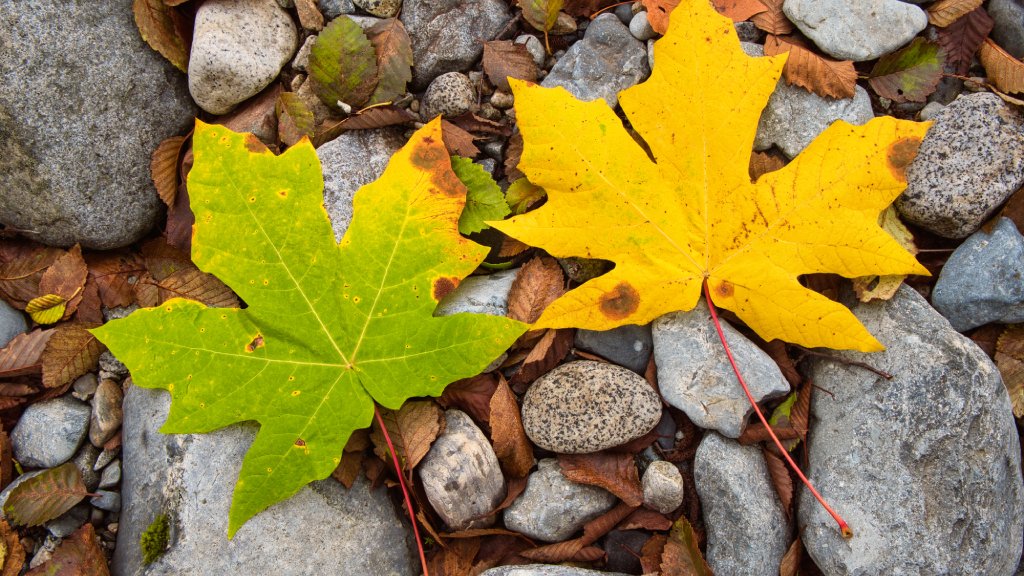Bigleaf Maple Habitat And Growing Conditions
Do you have lots of space to fill? Try growing this king of the maple trees.


Bigleaf maple trees (Acer macrophyllum) are not maples for small yards. These deciduous trees can grow to over 100 feet (30 m) tall with a similar spread. But anyone with a large property might consider giving it a go, as long as they have the proper bigleaf maple habitat.
Where do bigleaf maple trees grow? It’s a good question to ask before planting one of these trees in your garden. Read on for more information about bigleaf maple habitat as well as facts about the trees themselves.
Where Do Bigleaf Maples Grow?
Bigleaf maple trees are native to the Pacific Northwest/Olympic Peninsula and it's in this type of climate they're most frequently found. These spreading maples grow best in areas with cool to mild winters like USDA zones 5 through 9. They're most prolific in cool, moist conditions but can also grow in the warmer, drier regions.
In terms of ideal bigleaf maple habitat, the trees prefer wetter areas like river terraces, flood plains and seepage areas. To get strong trees in upland sites, the soil must be deep and the moisture abundant. In these conditions, bigleaf maples trees grow fast – up to 36 inches (91 cm) a year -- and can live for 150 years or more.
Bigleaf Maple Leaves
The huge leaves of these maples are one of their most distinctive features. Each leaf has five lobes with cutouts up to three-quarters of the leaf length. In fact, bigleaf maple leaves are the largest of any maple leaf up to 6 inches (15 cm) long and 9 or 10 inches (25 cm) wide.
When the tree is in leaf, it provides dense shade, since the canopy is thick with foliage. It puts on a show in autumn as the bigleaf maple leaves turn golden and orange. Even in winter, after the leaves have fallen, the tree provides moderate shade thanks to its extensive branch system.
Bigleaf Maple Care
If you're considering planting one of these maples, you'll want to know the ins and outs of bigleaf maple care. You may get a bigleaf maple to survive on poor soils, but it will not thrive. Instead, plant it in deep, well-drained soils where the moisture is abundant.
Sign up for the Gardening Know How newsletter today and receive a free copy of our e-book "How to Grow Delicious Tomatoes".
These trees grow best from seed and a mature maple starts to produce seed when it is some 10 years old. Plant them in an area that gets partial shade for best results; they won’t do well in deep shade.

Teo Spengler is a master gardener and a docent at the San Francisco Botanical Garden, where she hosts public tours. She has studied horticulture and written about nature, trees, plants, and gardening for more than two decades, following a career as an attorney and legal writer. Her extended family includes some 30 houseplants and hundreds of outdoor plants, including 250 trees, which are her main passion. Spengler currently splits her life between San Francisco and the French Basque Country, though she was raised in Alaska, giving her experience of gardening in a range of climates.